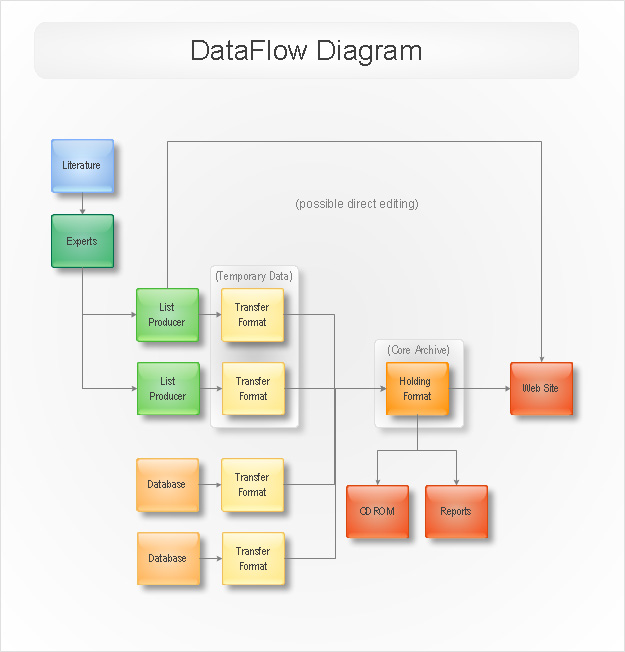
SQL up until this point was the standard for querying and analytics and was well known by developers. The accumulation of unstructured data was one big step in the direction of the Big Data era, but on the flip side, since the data stored was unstructured, it was not possible to query that data using SQL. MongoDB, for example, mainly supports unstructured Documents. These new databases needed to support this different type of data that was unstructured and not suitable for schemas data like key-value stores, documents, text, graphs, and wide columns. This is when NoSQL databases started arriving on the scene. Such unstructured data could not be mapped to table-like schemas properly and thus arose the need for a different class of databases to support such unstructured data. SQL relational databases were the only viable commercial data storage solution until the 2000s when the internet and web 2.0 boom started to generate a large amount of unstructured data. In a structured schema, data is saved in a row-column format known as a Table and can be retrieved using queries formatted in the Structured Query Language (SQL). The schema represents the design of the database to which the data should adhere to. SQL databases, also known as relational databases, were designed to store data that has a structured schema. Since it is free, it has become a very popular choice in demand for SQL databases. It was first launched in the year 1995 and is now managed by Oracle. MySQL is an open-source SQL relational database, which is used for storing structured data in a table-like format. It was first launched in the year 2009 and has since become one of the leading databases in NoSQL space.

MongoDB belongs to the family of NoSQL databases which is used for storing unstructured documents in JSON format. MySQL analytics is extremely common and is thus a good reference point for looking at doing analytics on Mongo. But it could have been any other SQL database also like Oracle, MS SQL Server, PostgreSQL, etc for our comparison. MongoDB vs MySQLĪs we discussed, we will compare MongoDB with MySQL which is a well-known SQL database and most of our audience will be familiar with it. In this article, we will do an in-depth comparison between MongoDB vs SQL databases, (to be precise MySQL database) and will also touch upon the important topic of how we can perform MongoDB analytics similar to the ease with which analytics are done on its SQL counterparts.

Both worlds have their own advantages and disadvantages and are meant for different types of use cases. The former deals with chaotic unstructured data, while the latter works with organized structured data. MongoDB and SQL databases are two polar opposite sides of the backend world. You can also set up a 15-minute call with a member of our team to see if Knowi may be a good BI solution for your project. As you’re exploring, be sure to check out our MongoDB Analytics page and our MySQL Analytics page where you can start Knowi trials. One that we renamed, and one that we imported back into the database.I know you’re still evaluating the relative strengths of Mongo and SQL–and I hope that this article is helpful. We now have 2 schemas with the same data. The last step is to import back the dump file into the database using the following command: psql -h localhost -U postgres -d database_name -f dump.sql We can new rename the current schema of the database in your favorite editor (like Navicat, Dbweaver, Datagrip, etc.), or CLI. pg_dump -d database_name -h localhost -U postgres -n public > dump.sql
SEQUEL PRO DATABASE DIAGRAM PASSWORD
The password will be asked during the command execution. The following command will export the database database_name, from the host localhost with a user postgres and schema public to a file dump.sql. This can be done with the binary pg_dump. The first step is to make a dump of your PostgreSQL database.

This process can be useful to make a backup of the database as a different schema name. The following steps are easy to follow and reproduce. This might sound like a trivial operation, but there's no built-in solution to perform this safely.
SEQUEL PRO DATABASE DIAGRAM HOW TO
In this post we'll learn how to duplicate a PostgreSQL schema. Back to post list Duplicate a PostgreSQL schema 25-11-2019


 0 kommentar(er)
0 kommentar(er)
